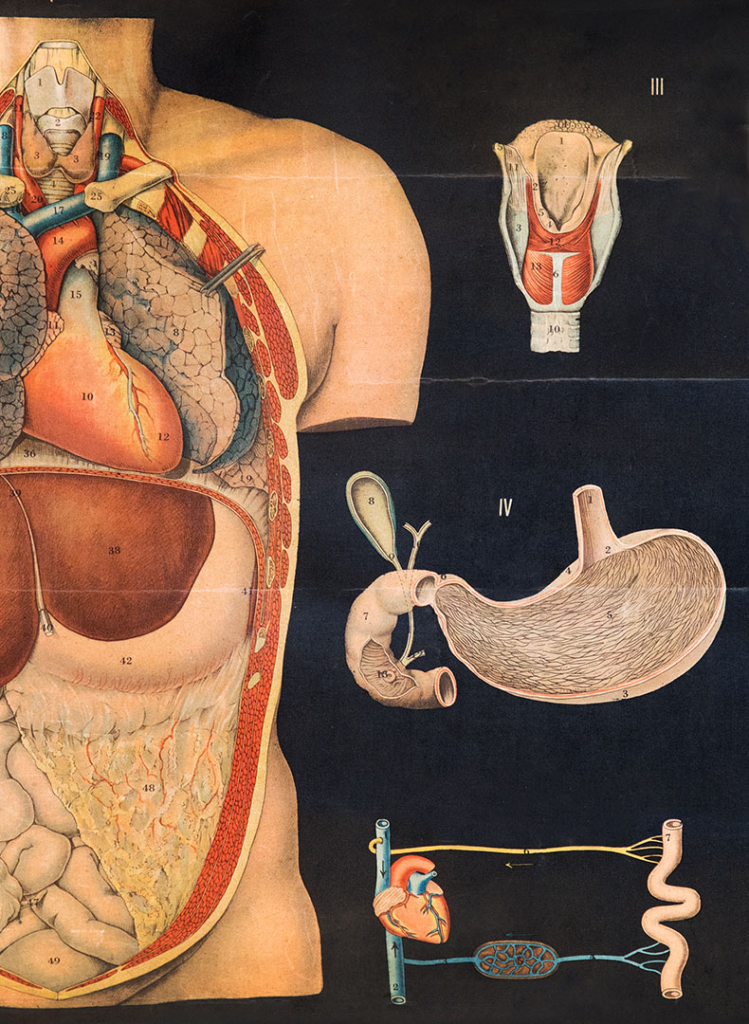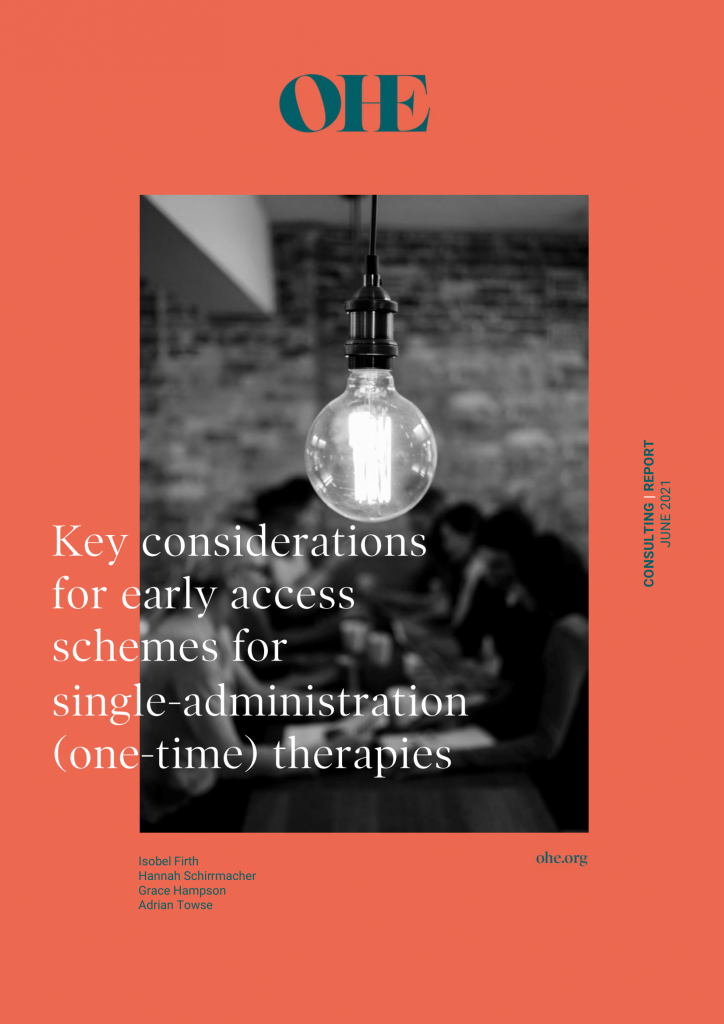Precision Medicine
Precision medicine tailors treatments to the needs of individual patients by considering genetic, environmental and lifestyle factors. They can target the underlying causes of a patient’s condition, improve effectiveness, and reduce side effects.

OHE’s AMR consultation response
21 November 2023
This blog summarises our perspective on the recent proposals set out by NHS England to assess the value of new antibiotics via a new scoring system linked to a volume-delinked revenue guarantee payment. Key arguments outlined here were submitted to NHS England as part of OHE’s response to the consultation on proposals.

NGS testing for lung cancer across Europe still limited, despite clear case for adoption
10 July 2023
Our new report contains a wealth of evidence for clinical value and cost-saving potential of next-generation sequencing (NGS) testing in lung cancer, and recommends that increased uptake requires focus on reimbursement, national standardisation, and new infrastructure

The Case for Expanding Uptake of Next-Generation Sequencing for Lung Cancer in Europe
2 June 2023
In this report, we explore the status of access and uptake for NGS testing for lung cancer in Europe, develop the health economic case for NGS testing, and identify barriers and opportunities for widespread access.

Open Source Modelling: From Ideas to Action
16 May 2022
OHE’s Chris Sampson is currently Chair of the ISPOR Open Source Models Special Interest Group (SIG). The SIG recently published their first journal article in Value…

Learnings from the Assessments of Entrectinib and Larotrectinib: Health Technology Assessment Challenges Associated with Tumour-Agnostic Therapies
1 January 2022
A paradigm shift is occurring in cancer care with the introduction of tumour-agnostic therapies, for which the indication is defined by the molecular signature of the…

Payment Models for Multi-Indication Therapies
1 November 2021
For the growing number of multi-indication medicines, access may be delayed or even denied due to challenges in linking payment with a medicine’s value across those…

Key Considerations for Early Access Schemes for Single-Administration (One-Time) Therapies
1 June 2021
Early access schemes enable patients in exceptional need to access therapies that are not yet available through their health system. These schemes were not designed for…

The Value of Diagnostic information (VODI) in Heart Failure – Recognising Value Beyond ‘Beats-Per-Minute’
3 December 2020
Bernarda Zamora presented at the virtual event entitled ‘Value of Diagnostic Information in Heart Failure’, which was organised by Roche Diagnostics. The panel, composed of six…
Bridging the Gap: Pathways for Regulatory and Health Technology Assessment of Histology Independent Therapies
8 January 2020
Histology independent therapies, a new class of medicines that target cancer based on specific genomic or molecular alterations of cancer cells rather than tissue of origin,…